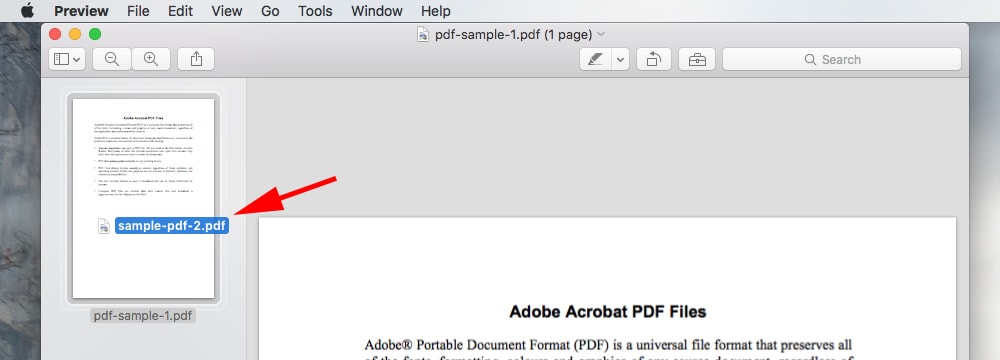
- HOW TO COMBINE PDF MAC YOSEMITE UPDATE
- HOW TO COMBINE PDF MAC YOSEMITE FREE
- HOW TO COMBINE PDF MAC YOSEMITE WINDOWS
They also have the same flatter appearance as the rest of the operating system. In many (but not all) apps they’re now integrated into the toolbar, rather than above it, thus saving some screen real estate. I’ve heard Apple changed the ‘stoplight’ buttons at the upper left of windows. We like it a lot from what we’ve seen so far, and it otherwise behaves just like the Dock we’re used to: You will be able to resize and reposition it, hide it, and so on. With Yosemite’s new flat UI, the Dock is back to being 2D again.

Starting in OS X 10.5, however, Apple changed the Dock’s bottom position to render in 3D (unless you performed a Terminal tweak. What’s up with that?īack in OS X 10.4, the Dock was two-dimensional: a translucent background that separated app icons from the desktop. The Dock looks strangely new-but-familiar. On a Retina display, the thinner font especially shines. But once that shock wears off, the font is fine, and it certainly matches the overall visual of Yosemite better than Mavericks’s Lucida Grande would have. It’s initially a bit of a shock if you’re used to Mavericks and older versions of OS X. How different is Helvetica Neue as the system font? As in iOS 8, you will be able to greatly reduce the transparency by visiting System Preferences > Accessibility > Display > Reduce Transparency. The new user interface in OS X Yosemite inherits some elements of iOS, including a greater use of translucency. Yosemite also uses a new System font, Helvetica Neue. For example, in Safari, the Favorites bar no longer appears by default instead, you find Favorites when you click in a window’s smart-search field. You’ll also find that Apple has dispensed with the 3D design elements of old in lieu of flatter, more colorful surfaces. For much more on all the changes, see Hands-on with OS X Yosemite: Design.
HOW TO COMBINE PDF MAC YOSEMITE WINDOWS
Taking a cue from iOS 7, Yosemite now features transparency not only on the menu bar, but applied to windows and other small interface features, as well. The interface What’s this I hear about a revamped user interface? So there are lots of questions swirling around out there about OS X Yosemite based on what we’ve learned at WWDC (and from testing out the early OS on a system that Apple loaned to Macworld’s Jason Snell), here are answers to some of the most common. But while developers have access to an early version of the new OS now, regular users will have to wait until the fall to use it (unless they sign up for, and get into, the public beta program).
HOW TO COMBINE PDF MAC YOSEMITE UPDATE
We elected to save our to the Desktop.This year’s update to OS X has been officially previewed, and we know its California place name: Yosemite. On the save dialog, you want to fill it in with any information you see fit, and make sure to decide where you want the PDF to save. You have a few options, if you want to go ahead and email it straightaway, you can choose “Mail PDF” but for now we’ll just choose “Save as PDF…”.

Once you’re made sure everything is oriented correctly and in the proper order, in the bottom-left corner, click the little dropdown menu that says “PDF”.

Note, you won’t need to change the orientation if your photos appear normal, but make sure you go through and look at all of them just to be sure. The only one we’re interested in at this time however, is the Orientation feature.
HOW TO COMBINE PDF MAC YOSEMITE FREE
You have a whole bunch of options here, feel free to take your time to peruse them. Click the “Show Details” button at the bottom of the print dialog. We need to change it to landscape so our recipient doesn’t have to turn their head. In the following example we see a photo that was take in portrait orientation. Once you’re happy with their order, select “File > Print”.īefore we proceed with our documents, we want to take a quick moment to show you what to do if your images aren’t oriented correctly. With your photos selected, you can rearrange them to the order you desire by clicking and dragging them around in the Preview sidebar. When you’re done selecting images, click the “Open” button. Use the Command key to select multiple images. Preview will direct you to open the images you want, so browse to the folder where they are kept and select them. First, head to the Applications folder and open the Preview app (or search for it with Spotlight).


 0 kommentar(er)
0 kommentar(er)
